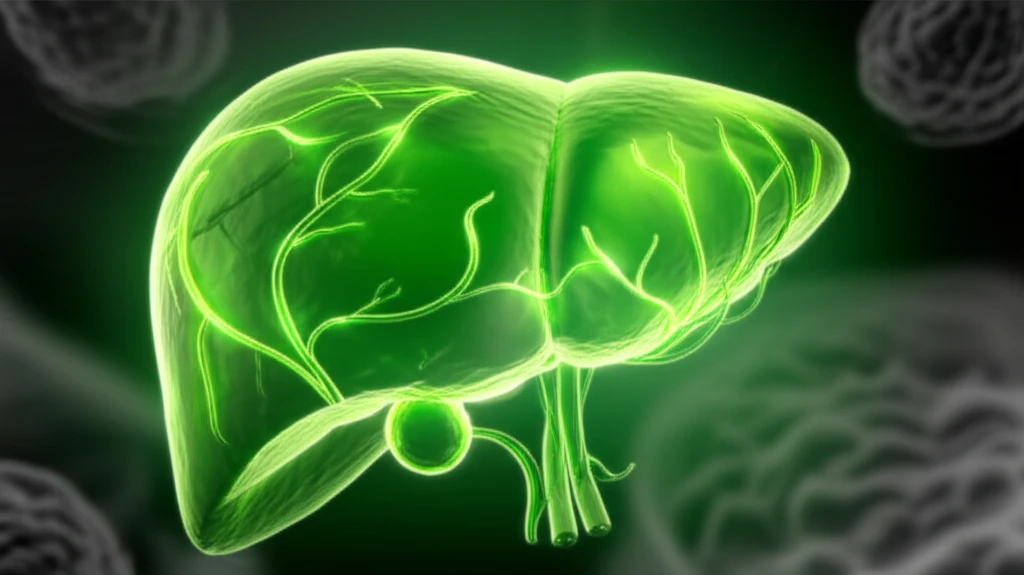
Liver Nodules Got You Worried? A Simple Guide to Understanding Your Risks
"Decoding Hypovascular Nodules: What They Mean for Your Liver Health and How to Stay Proactive"
Hepatocellular carcinoma (HCC), a common and deadly cancer, often lurks silently. Early detection is crucial, and advancements in imaging techniques, like contrast-enhanced MRI, have improved our ability to spot potential problems. However, these scans can sometimes reveal small, hypovascular nodules—areas that appear to have reduced blood flow—leaving patients and doctors wondering about the next steps.
One such advancement is the use of Gadolinium-ethoxybenzyl-diethylenetriamine pentaacetic acid (Gd-EOB-DTPA) in MRI. This liver-specific contrast agent helps visualize how well liver cells are functioning. When nodules appear hypointense (darker) during the hepatobiliary phase of a Gd-EOB-DTPA-enhanced MRI, it indicates a potential issue with liver cell function. But what does this really mean for your health?
This article explores a recent study investigating these hypovascular nodules. We'll break down the key findings, offering a clear understanding of the factors that might predict progression to HCC and what you can do to stay informed and proactive about your liver health.
What are Hypovascular Nodules and Why Do They Matter?

Hypovascular nodules are areas in the liver that show reduced blood flow compared to the surrounding tissue. They are often detected during imaging tests like MRI or CT scans, particularly when contrast agents are used. These nodules appear darker or less enhanced than the rest of the liver because they don't absorb as much of the contrast agent, indicating a difference in blood supply and cell function.
- Potential Precursors to Cancer: Some hypovascular nodules can develop into HCC.
- Benign Conditions: Many nodules are non-cancerous and remain stable.
- Diagnostic Dilemma: Determining which nodules will progress is challenging.
The Takeaway: Staying Informed and Proactive About Your Liver Health
While the study highlights the difficulty in predicting which hypovascular nodules will progress to HCC based solely on initial background factors, it also underscores the importance of diligent monitoring. If you have been diagnosed with hypovascular nodules, regular follow-up appointments and imaging tests are essential for tracking any changes and detecting potential problems early. By staying informed and working closely with your healthcare team, you can take proactive steps to protect your liver health and overall well-being.
